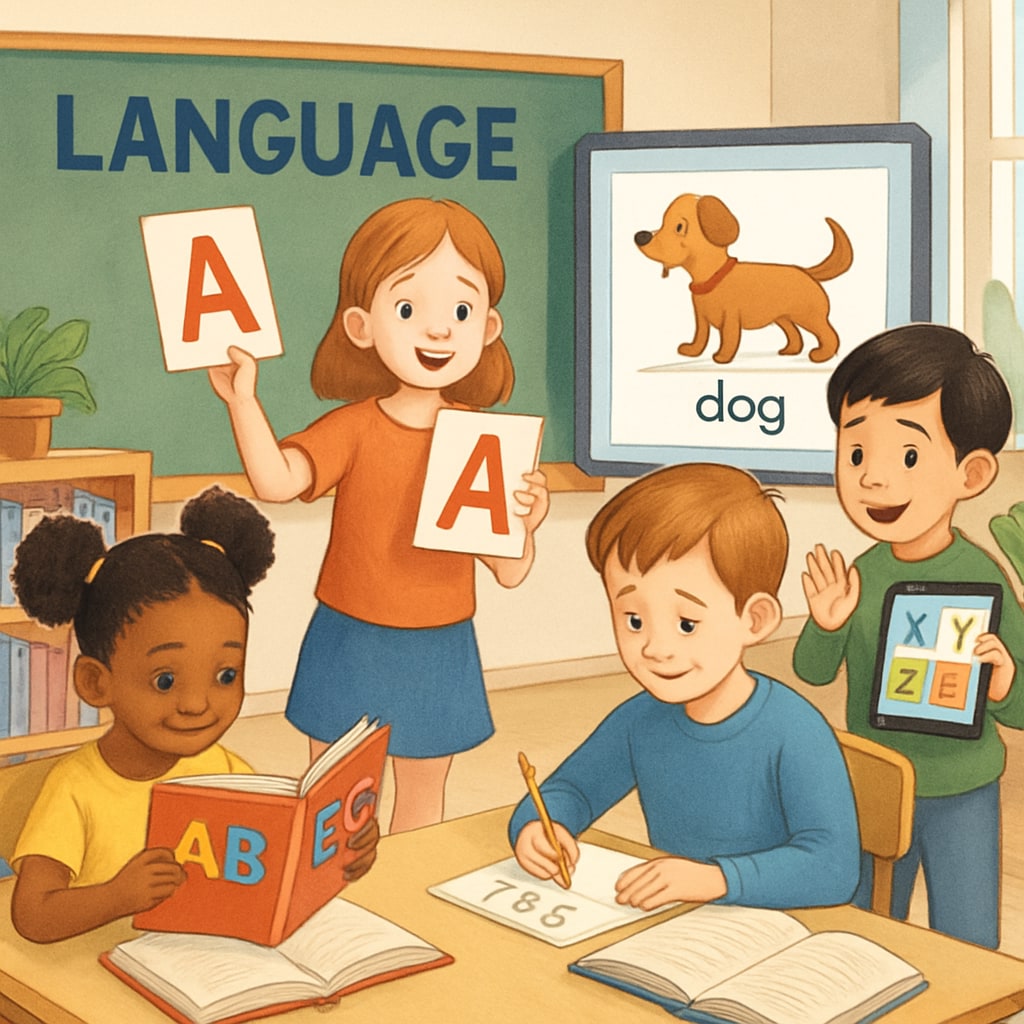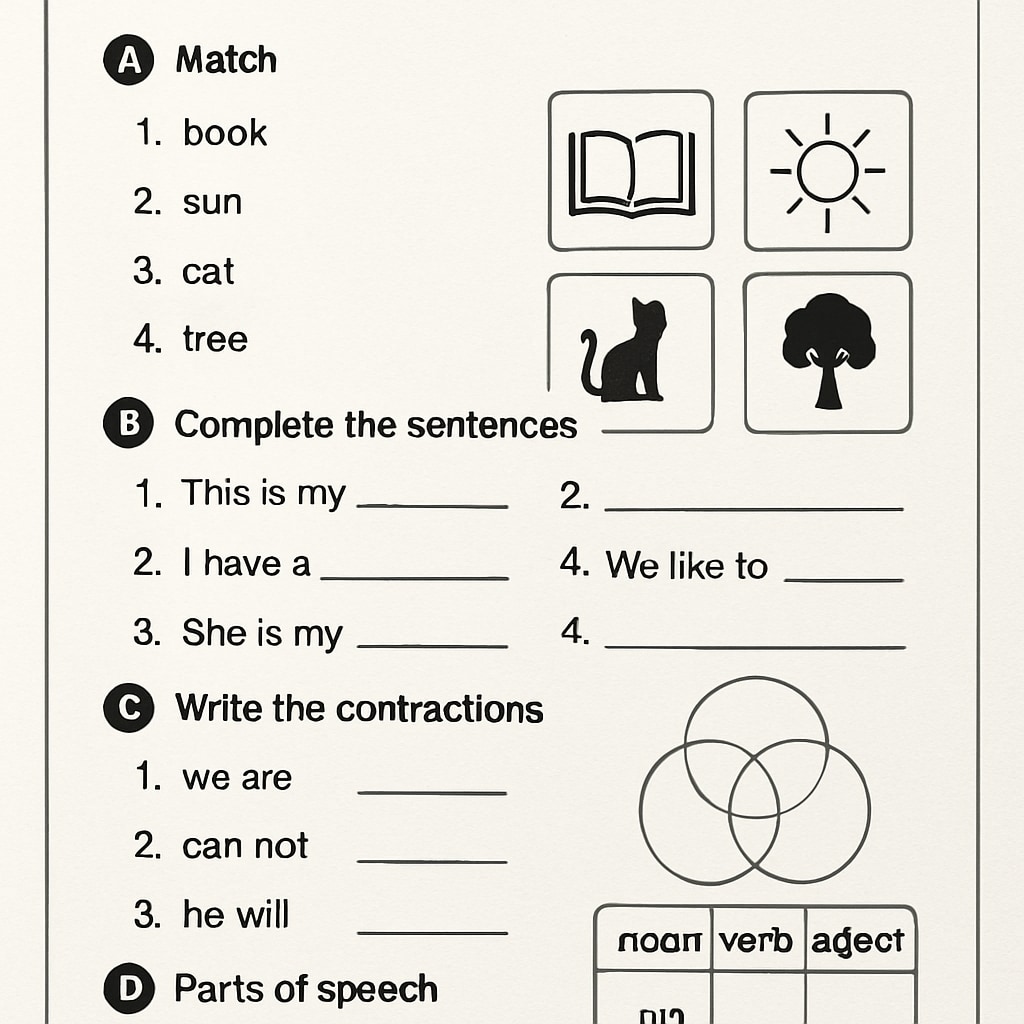When it comes to elementary language education, finding the right teaching materials is essential. The “World of Language” series is an outstanding example of how well-structured resources can promote language development in young learners. This article explores the defining characteristics of quality language teaching materials, highlights the strengths of the “World of Language” series, and provides tips for educators and parents to choose the most suitable resources for elementary language development.
What Makes a Language Teaching Material Effective?
Effective language teaching materials should engage children, nurture their curiosity, and support their overall literacy and communication skills. Several attributes contribute to the success of such resources:
- Age-appropriate content: Materials must be tailored to the cognitive and emotional development of elementary students, ensuring that topics are relatable and comprehensible.
- Comprehensive skill coverage: A good resource should integrate reading, writing, listening, and speaking activities to offer a well-rounded learning experience.
- Interactive and engaging design: Bright visuals, interactive exercises, and multimedia elements can sustain children’s interest and make learning fun.
- Alignment with curriculum: Materials should complement the school curriculum and adhere to educational standards.
By focusing on these traits, educators can ensure that the selected resources foster both academic growth and an enduring love for language learning.

The Strengths of “World of Language” in Elementary Education
The “World of Language” series stands out as a prime example of effective language teaching materials. This series incorporates the fundamental traits of quality resources while offering additional benefits:
- Comprehensive content structure: The series covers essential language skills, including vocabulary building, grammar, comprehension, and oral communication.
- Interactive approach: With engaging exercises, puzzles, and group activities, the series encourages active participation and critical thinking.
- Focus on real-life application: Lessons are designed to connect with real-world scenarios, helping children understand the practical use of language.
- Support for diverse learners: The materials cater to different learning styles, making them suitable for both visual and auditory learners.
For example, the “World of Language” workbook series provides students with hands-on activities that reinforce classroom concepts. This practical component ensures that learning is retained and applied effectively.

How to Choose the Right Language Teaching Materials
While “World of Language” stands out as a top-tier resource, educators and parents may wonder how to identify the best materials for their specific needs. Here are some actionable tips:
- Evaluate the content: Ensure the materials align with the child’s current language proficiency and learning objectives.
- Seek recommendations: Consult with teachers, other parents, or educational experts for trusted suggestions.
- Test adaptability: Look for resources that can be tailored to individual learning paces and styles.
- Review feedback: Check reviews and ratings from other users to assess the effectiveness of the materials.
Additionally, leveraging supplementary resources such as online educational platforms (e.g., Britannica) or interactive apps can enhance the learning experience.
The Core Role of Reading and Speaking in Language Education
While selecting resources is crucial, applying them effectively is equally important. Research emphasizes the role of reading and speaking activities in language development. Reading provides students with exposure to new vocabulary and sentence structures, while speaking helps them build confidence and fluency.
For optimal results:
- Incorporate daily reading sessions to build comprehension skills.
- Encourage children to participate in discussions and storytelling exercises.
- Use gamified tools to make speaking drills more interactive and enjoyable.
By integrating these practices with high-quality materials like “World of Language,” children can achieve significant progress in their language learning journey.
Conclusion: Selecting the right elementary language teaching materials is a pivotal step in nurturing young learners’ literacy and communication abilities. The “World of Language” series exemplifies the characteristics of an ideal resource, offering comprehensive and engaging content that supports diverse learning needs. By understanding what makes a resource effective and integrating proven educational strategies, educators and parents can create a solid foundation for children’s lifelong success in language learning.


